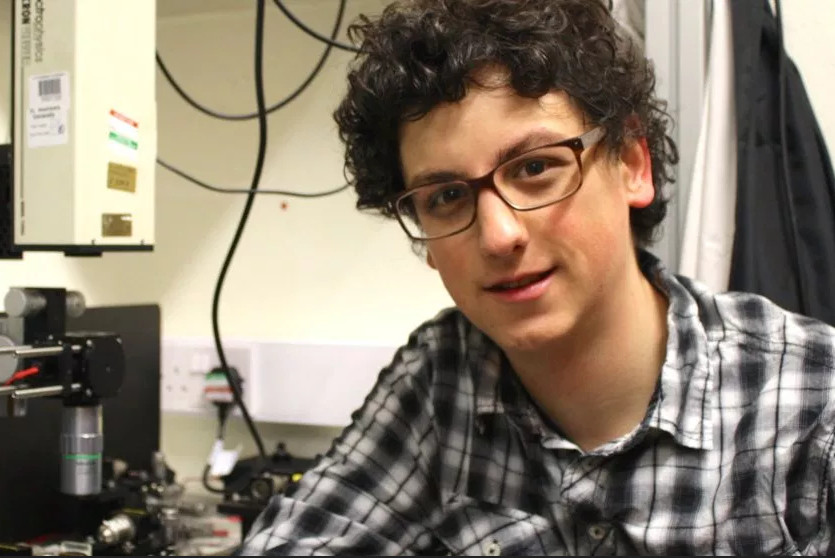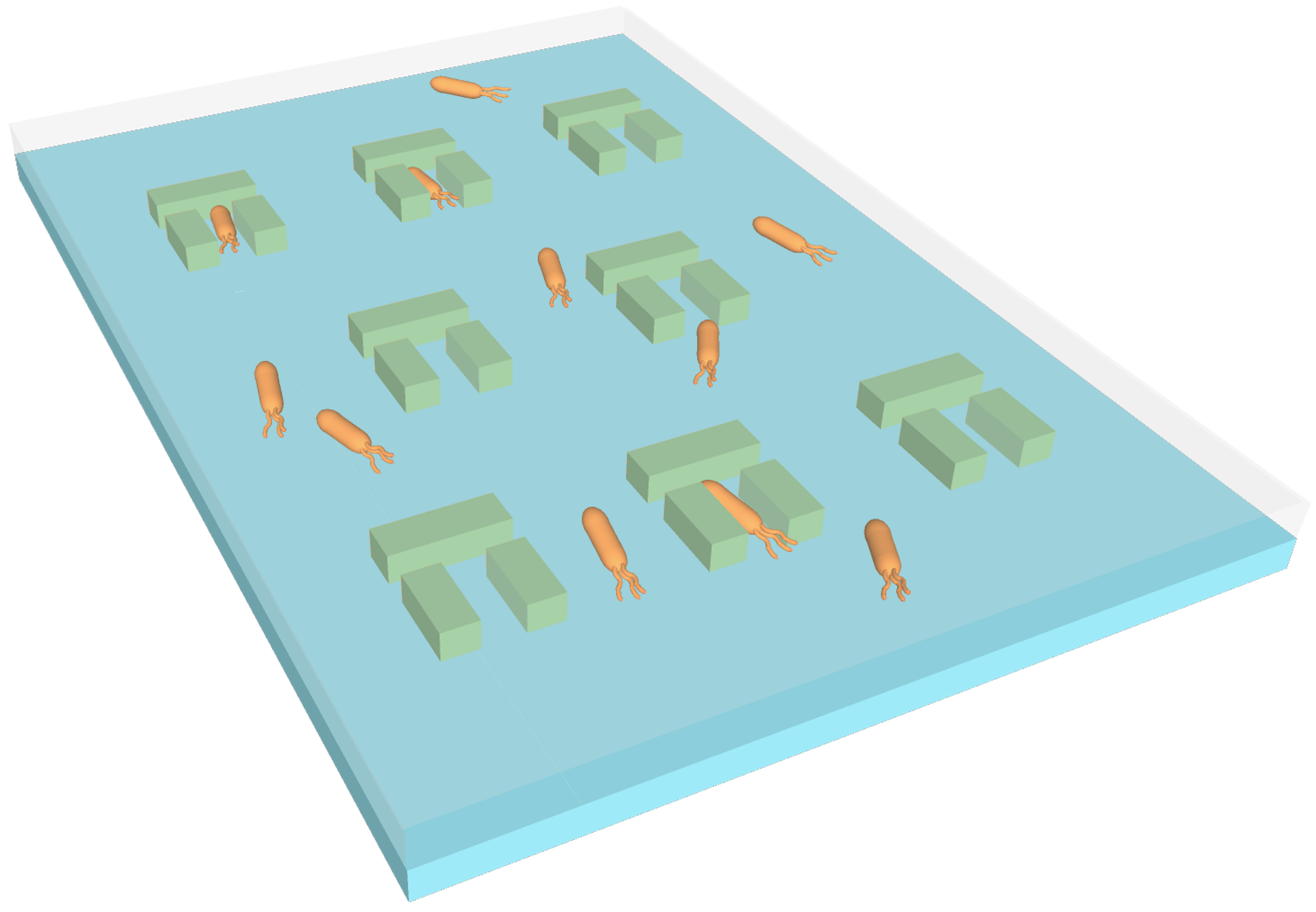A clinical lab on top of a chip

Bacteria under the effect of an antibiotic usually modify their shape. This reduces their motility in a liquid medium, thereby hindering them in the presence of obstacles. By confining E. coli bacteria in an array of hydrodinamic traps in the micrometric range, Giampaolo Pitruzzello and co-workers at the University of York (UK) have basically been able to detect the shape and measure the motility of bacteria essentially through high-precision optical measurements. Confined bacteria reduce the luminance (brightness) of a single trap, and increase light fluctuations, in their efforts of wriggling away. Physical measurements can thus help to establish the efficiency of a given antibiotic against specific bacteria, and in a much shorter time than with standard procedures, which would involve the analysis of slowly growing microbiotic cultures. This would enable quicker diagnosis and more effective therapies, and would result in yet another application of #biophotonics. Pitruzzello et al.'s results have been published in the scientific journal Lab Chip (2019) by the Royal Society of Chemistry. Giampaolo Pitruzzello holds a BSc and a MSc in #Physics at #DFA, and is an Alumnus of the Scuola Superiore di Catania. He is presently a PhD candidate at the University of York (UK).

Publication date: 03/17/2019